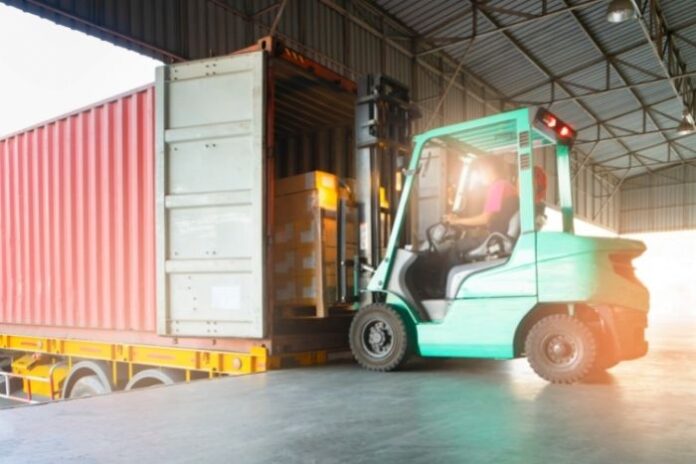E-commerce is a huge industry that includes some of the biggest companies in the world, such as Amazon. Without warehouses, the e-commerce industry wouldn’t be able to function as efficiently as it does now.
You might be asking yourself, “What are the common tools used in a warehouse?” In this guide, you will learn what warehouse workers use to sort through items and get them to your door.
Dock Equipment
Once a company manufactures a product, that company will put the inventory in a truck and ship it to a warehouse for storage. The docking area is where a truck will connect directly to a warehouse to allow for a speedy transfer of goods.
Some of the equipment that dock workers use to sort through incoming packages include dock boards and plates, lifts, ramps, truck restraints, and levelers. These tools help warehouse workers manage incoming freight in an efficient manner.
Warehouse Conveyors
Machines that help workers move cargo from one place to the next are conveyors. There are numerous types of conveyors, but all of them can move packages with little to no human interaction, reducing the risk of injury for warehouse workers.
Not only do conveyors make warehouses safer places to work, but they also save time and make the warehouse operate more efficiently. However, conveyors are expensive to replace, so if any damage to them occurs, it can shut down a warehouse for a significant time period.
You may have seen a gravity roller or belt conveyor if you’ve seen videos of a warehouse in operation. Other conveyors include plastic belts, flexible, vertical, spiral, and chain conveyors.
Storage Materials
Warehouses store plenty of items, so they will naturally need to possess a great number of storage materials to manage significant inventory. A warehouse will place items into bins and totes and categorize each bin by its contents. Then, they will place the bins on a shelf, rack, or carousel to keep items in check.
Lifting Gear
Larger warehouses will have extremely tall shelves for storing inventory. To reach the items on these shelves, workers use lifting equipment, especially when they are transporting heavy items.
The most commonly used piece of lifting gear is a forklift, which runs on fuel or electric batteries. Forklifts make warehouses safer, but if you want to ensure forklift safety, you should learn why lithium-ion batteries make your forklift safer. Overall, warehouses are the central hub for any e-commerce business. Now that you know what the common tools used in a warehouse are, you can use this knowledge to start an e-commerce business of your own if you have an entrepreneurial spirit.
















